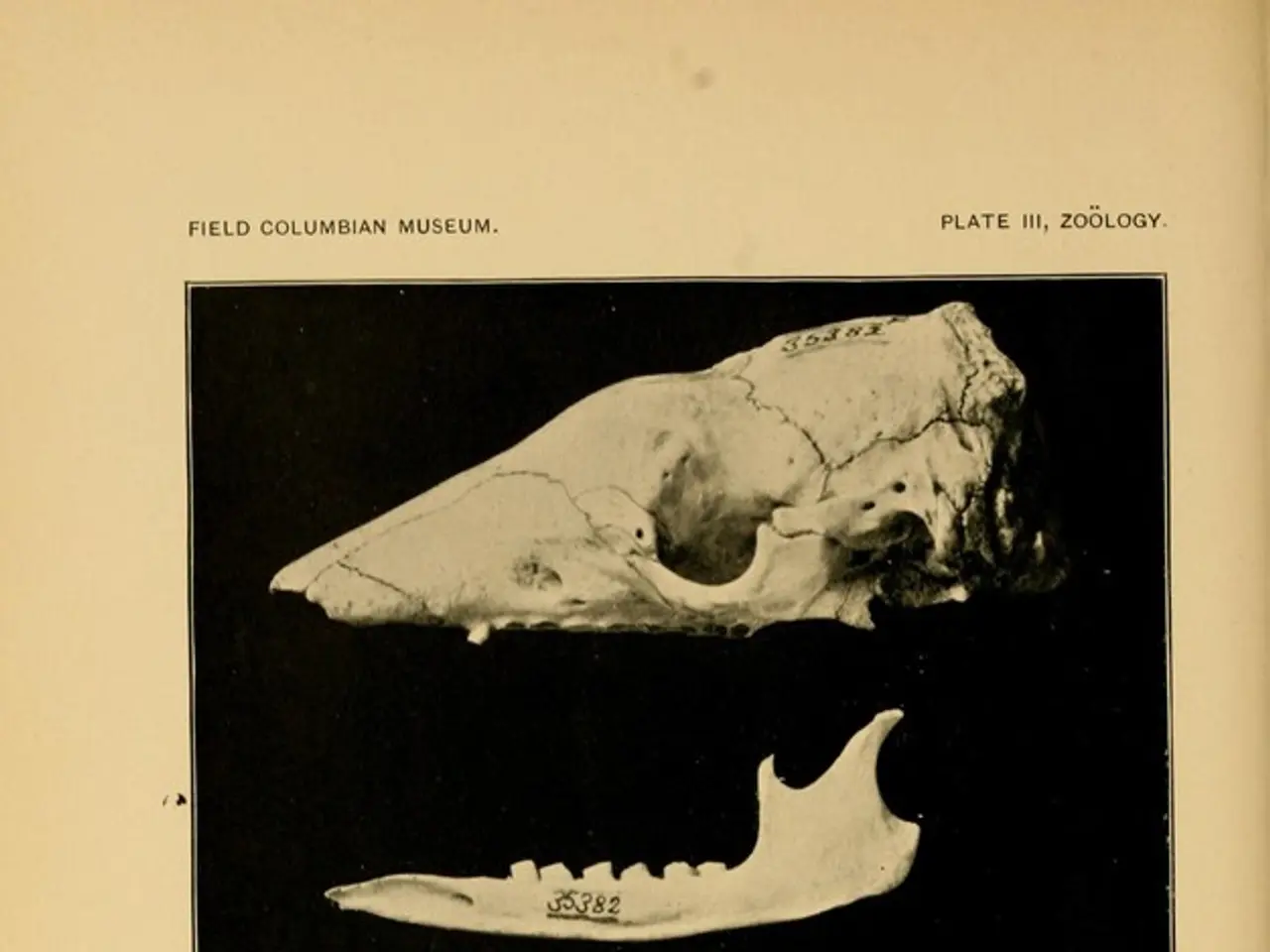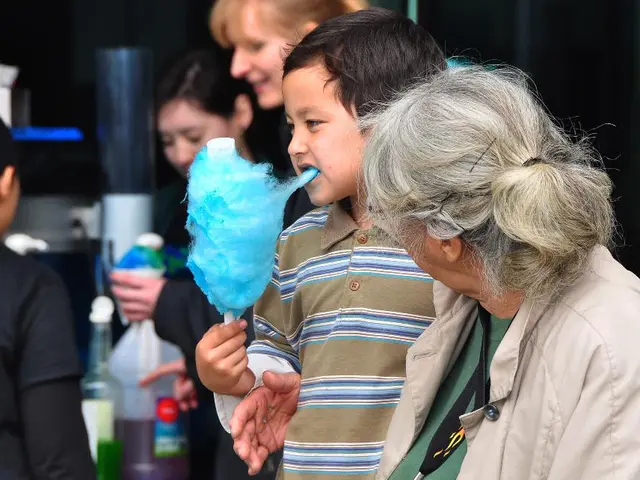Prognosis of Ewing sarcoma: Can it be cured?
Ewing sarcoma is a rare type of bone or soft tissue cancer that primarily affects children. This aggressive form of cancer can develop in the long bones of arms or legs, the pelvis, or soft tissues.
The survival rate for localized Ewing sarcoma, where the cancer is confined to one area, is 82%. For regional Ewing sarcoma, where the cancer has spread to nearby tissues or lymph nodes, the survival rate drops to 70%. However, when the cancer has metastasized, or spread to other parts of the body, the 5-year survival rate is lower, ranging between 39% and 70%.
One crucial factor influencing the prognosis of Ewing sarcoma is the size of the tumor at diagnosis. A study from a resource-limited setting found that patients with primary tumors smaller than 8 cm had improved overall survival (OS) at both 3 and 5 years, while larger tumors were linked with worse survival outcomes. This trend is supported by other studies, indicating that smaller tumors are more amenable to complete removal, improving the chances of successful treatment.
Treatments for Ewing sarcoma include traditional methods such as radiation therapy, surgery, and chemotherapy, as well as emerging treatments like targeted therapy, immunotherapy, and Chimeric antigen receptor T-cell therapy. The choice of treatment often depends on the size and location of the tumor, as well as the patient's overall health.
High-dose chemotherapy with stem cell rescue is a treatment option that involves harvesting, freezing, and reinjecting stem cells. This process allows for the use of high doses of chemotherapy to destroy cancer cells while minimizing damage to healthy cells.
It's important to note that while advancements in diagnosis and treatment have significantly improved the outlook for children with Ewing sarcoma, survivors may still face late effects and complications. These can include problems with the heart or lungs, learning difficulties, slowed growth and development, changes in sexual development and fertility, development of a second cancer, and physical changes such as scars or loss of a limb.
For those who have undergone surgery for an Ewing tumor, rehabilitation programs can provide valuable support in adjusting to physical changes.
There are organisations that provide support and information for anyone affected by Ewing sarcoma, such as St. Baldrick's Foundation and the Ewing Sarcoma Research Foundation. These organisations can offer emotional support, practical advice, and resources for further information.
In conclusion, while Ewing sarcoma can be a challenging disease, advancements in treatment and care have improved the survival rates significantly. By understanding the prognostic factors, such as tumor size, and the available treatment options, patients and their families can make informed decisions about their care and seek the support they need to cope with the challenges of this disease.
- Ewing sarcoma, a type of bone or soft tissue cancer predominantly affecting children, has a survival rate of 82% for localized cases, according to medical-conditions studies in oncology.
- Scientific research highlights that larger tumors are linked with worse survival outcomes, making the size of the tumor at diagnosis a crucial factor in Ewing sarcoma prognosis.
- The health-and-wellness community should be aware that although advancements in Ewing sarcoma treatments have significantly improved survival rates, survivors may still face late effects and complications.
- For those diagnosed with Ewing sarcoma, various treatment options like chemotherapy, radiation, and emerging therapies are available, with the choice based on the size, location, and patient's overall health.




